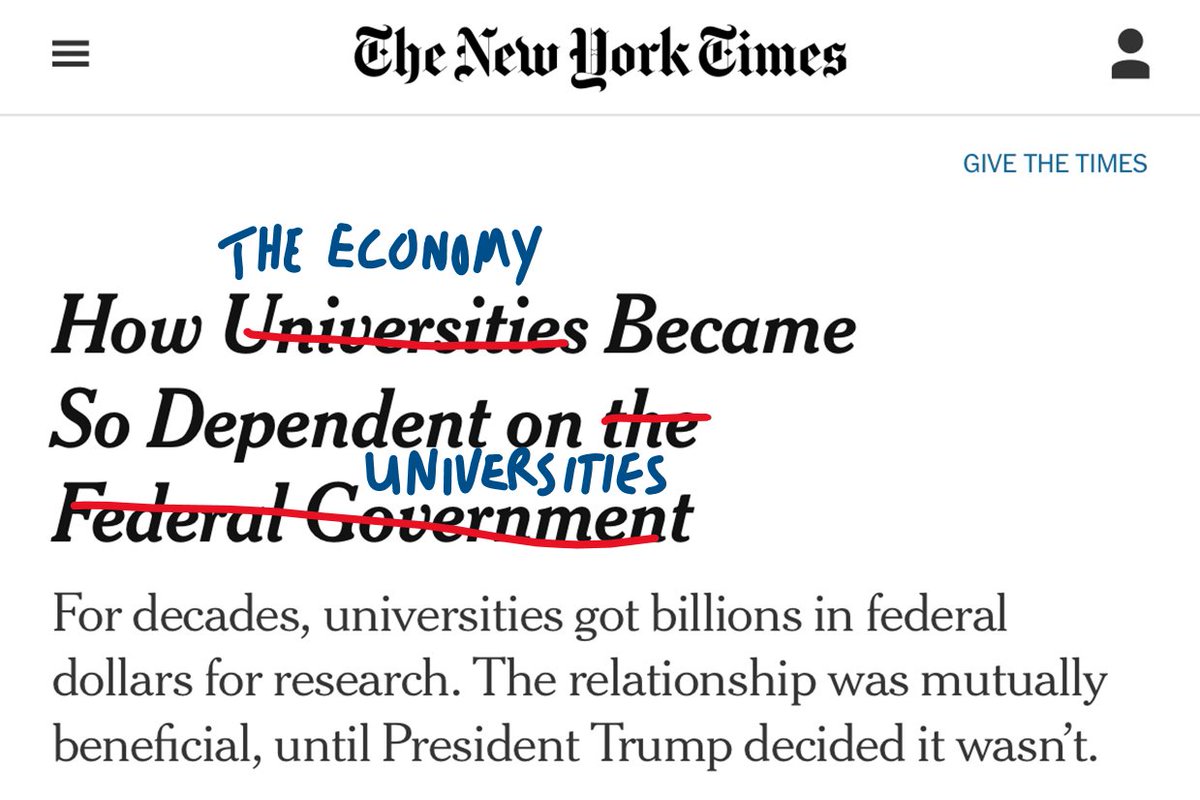The First Four Healthy Building Strategies Every Building Should Pursue to Reduce Risk from Covid-19
----
The Lancet Covid-19 Commission
Task Force on Safe Work, Safe School, Safe Travel
🧵
----
The Lancet Covid-19 Commission
Task Force on Safe Work, Safe School, Safe Travel
🧵

#FirstFour
1. Commission (give your building a tune-up)
2. Maximize outdoor air
3. Upgrade filtration
4. Supplement with portable air cleaners
1. Commission (give your building a tune-up)
2. Maximize outdoor air
3. Upgrade filtration
4. Supplement with portable air cleaners

The #FirstFour represent key actions that represent the most effective, fundamental steps toward promoting healthier indoor environments and reducing the risk of airborne infectious disease transmission indoors. 

Why act?
--> Airborne transmission is the dominant mode of transmission
--> Reducing inhalation exposure reduces risk
--> Ventilation and filtration are key strategies
-->There are benefits beyond COVID-19
--> Airborne transmission is the dominant mode of transmission
--> Reducing inhalation exposure reduces risk
--> Ventilation and filtration are key strategies
-->There are benefits beyond COVID-19

These #FirstFour are just the starting point 

Link to full report: covid19commission.org/safe-work-trav… 

Thank you to Task Force members:
@CorsIAQ @ShellyMBoulder @linseymarr Cadet Pollock @drdavidmichaels Jones @meiralevinson Li Morawska @cleantechcities @MarissaVanry @apsmunro Chen Cao Grier Jones
/END/
@CorsIAQ @ShellyMBoulder @linseymarr Cadet Pollock @drdavidmichaels Jones @meiralevinson Li Morawska @cleantechcities @MarissaVanry @apsmunro Chen Cao Grier Jones
/END/
• • •
Missing some Tweet in this thread? You can try to
force a refresh















